Hours Worked vs. Productivity: Why More Hours Don’t Equal More Output
-
Ola Rybacka
- March 18, 2025
- 9 min read
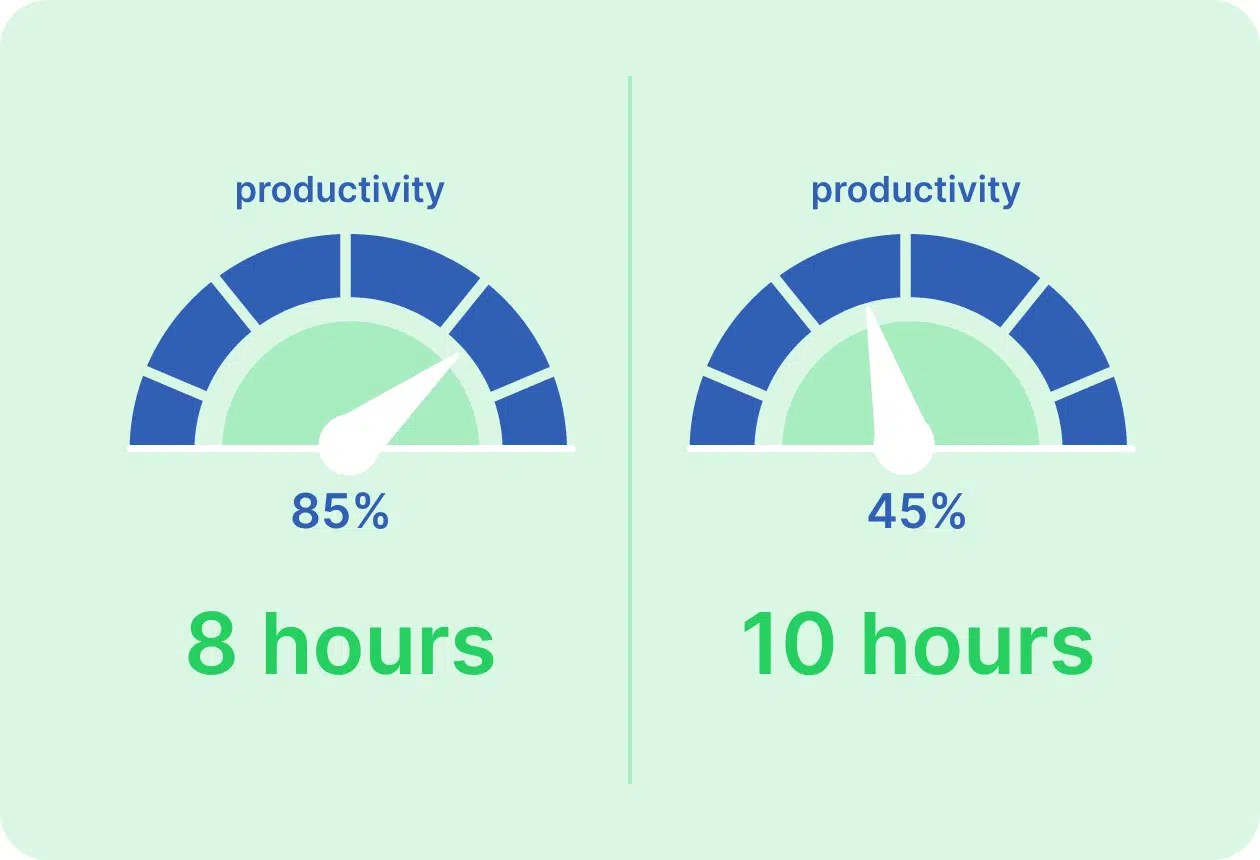
Recent OECD data on the hours worked vs productivity ratio shows that in many countries with fewer hours worked (e.g., Germany and Denmark), employee productivity per hour is higher than in countries where people work longer hours (e.g., Greece). Increased efficiency also comes with better well-being and higher motivation.
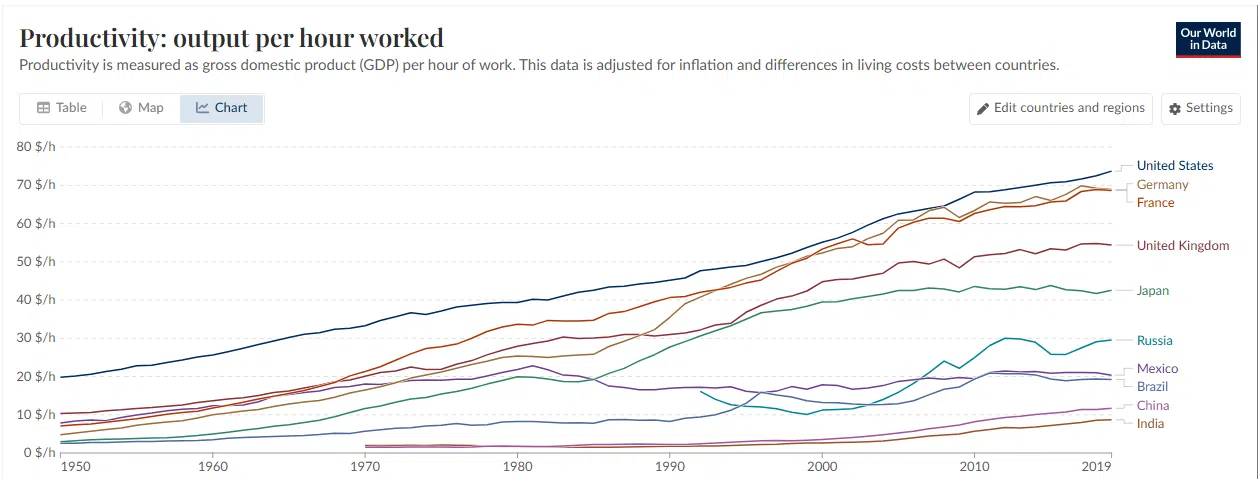
Source: statisticsanddata.org
So why doesn’t working longer directly translate to higher productivity, and what approach should you take in response?
Read on to find out!
Track work hours smarter
Squeeze the most out of your time with detailed reports in TimeCamp to achieve your goals faster!
The Impact of Working Hours on Employee Productivity
It might seem that the more hours worked, the higher the productivity. However, this is only true up to a certain point. While additional work hours may temporarily boost efficiency, there comes a moment when the benefits start to diminish, and eventually, productivity declines. This happens primarily due to fatigue, reduced concentration, and increased errors.
Numerous studies have shown that employee productivity starts to decline once working time exceeds 40 to 50 hours per week:
-
John Pencavel from Stanford University demonstrated that productivity sharply drops after 50 hours of work per week. Furthermore, working beyond 55 hours brings no additional benefits, so it can be considered a waste of time.
-
According to a study conducted by Slack, employees who work overtime have a 20% lower productivity rate compared to those who log off at the end of the workday.
-
A report published in Occupational Medicine shows that working more than 48 hours per week negatively impacts both the quantity and quality of sleep. According to the National Sleep Foundation, these sleep deficiencies result in reduced productivity for 60–70% of those surveyed.
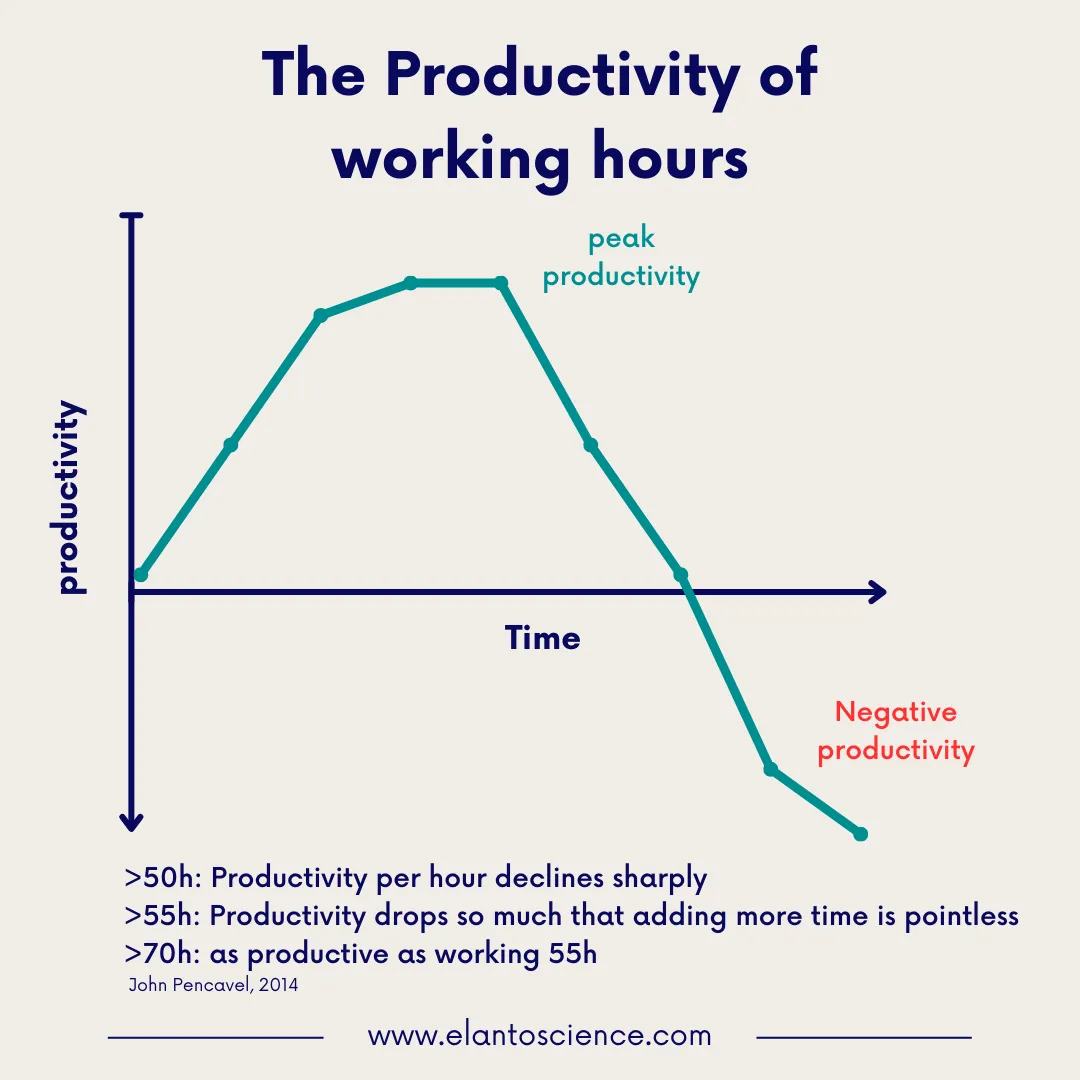
Source: elantoscience.com
Negative Consequences of Prolonged Working Hours
A decline in productivity is not the only negative effect of overtime. Research shows that prolonged working hours also harm employees’ mental health and motivation. This, of course, is a direct path to job burnout, which is a state of chronic emotional, physical, and mental exhaustion. It is typically caused by prolonged job stress.
A study published in the Journal of Occupational and Environmental Medicine found a strong link between job burnout and working more than 40 hours a week. This connection becomes even more pronounced when working hours exceed 60 hours per week.
Additionally, a study published in The Lancet shows that working more than 55 hours a week increases the risk of depression by 66% and anxiety by 74%. Chronic stress related to overwork depletes mental resources, causing emotional exhaustion and a loss of engagement.
Furthermore, extended work weeks lead to a higher number of mistakes. This is naturally a result of fatigue and decreased cognitive abilities. A survey conducted by Pegasystems Inc., for example, shows that employees working longer shifts make 9% more mistakes than those working shorter shifts.
Long working hours also decrease employee motivation, engagement, and job satisfaction. Losing the sense of work-life balance, most employees develop a negative attitude toward their employer and stop dedicating themselves to their professional duties or organizational goals.
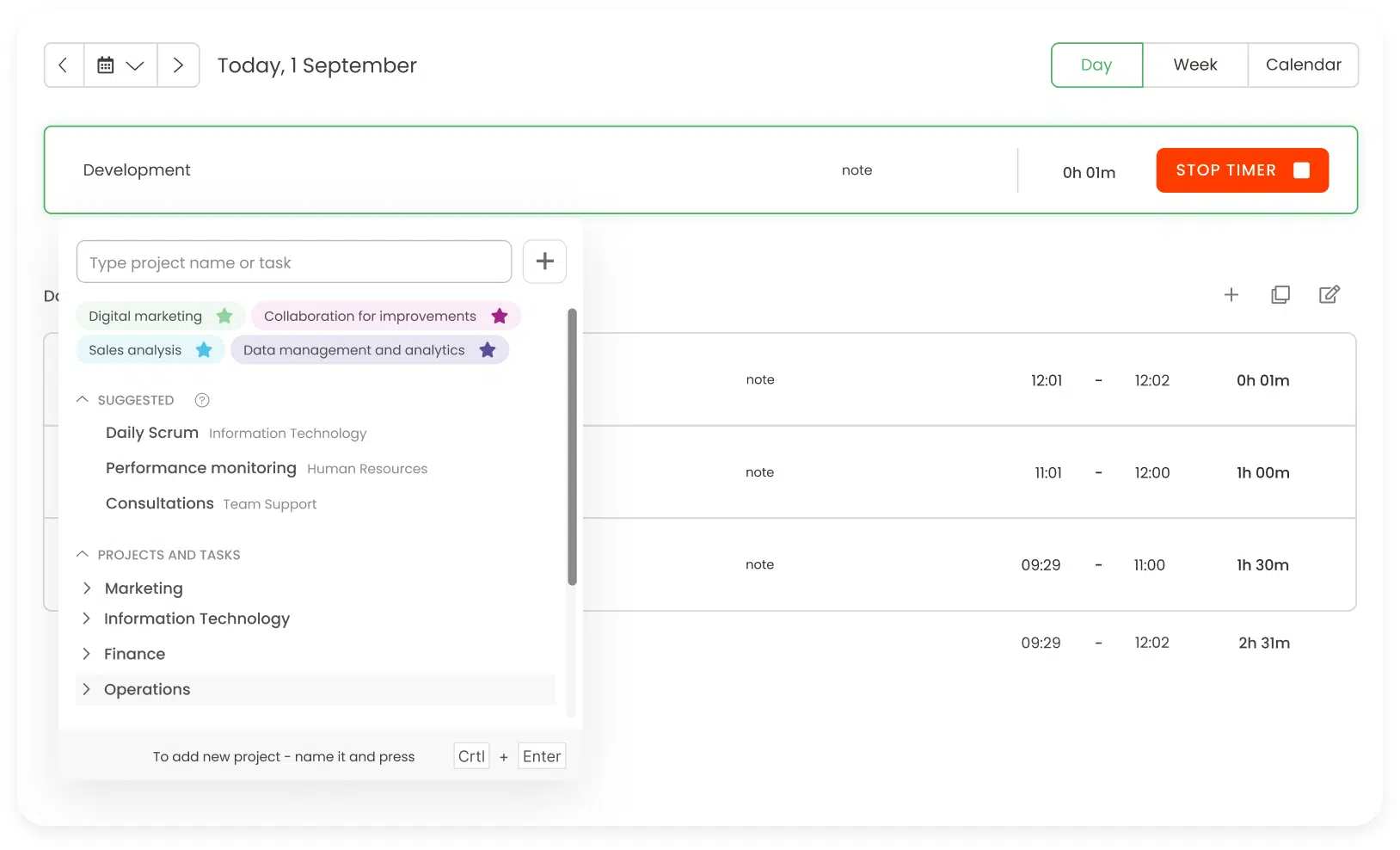
Optimal Number of Working Hours and World Health Organization Findings
Many researchers try to answer the question of the optimal number of working hours that maximizes productivity without jeopardizing employees’ health. Experts agree that such a threshold exists and often set it at 35 to 40 hours per week.
Exceeding this limit (especially working 50 or more hours a week) leads to long-term consequences for both productivity and health. The WHO discovered that working 55 hours per week increases the risk of stroke by 35% and heart disease by 17%, compared to working 35–40 hours per week.
Effects of Reducing the Workweek
The findings from numerous productivity studies are encouraging companies, and even entire countries, to test shorter workweeks. It turns out that these experiments consistently produce positive results:
-
In Japan, Microsoft saw a 40% increase in productivity during its four-day workweek trial.
-
In New Zealand’s Perpetual Guardian, a four-day workweek reduced employee stress and increased their satisfaction without any loss in work efficiency.
-
Unilever in New Zealand achieved increased productivity and revenue, leading to an expansion of the four-day workweek trial to Australia.
-
In the UK, 92% of companies testing the four-day workweek stayed with the model. Most reported an increase in revenue and productivity, while 71% of employees stated reduced burnout and stress.
Working fewer hours brings tangible benefits for both managers and employees. The main advantages for employees include:
-
Stress reduction
-
Improved health and well-being
-
Better work-life balance
This also translates into fewer sick days and lower employee turnover, which is, of course, beneficial for executives.
However, when implementing a shorter workweek, companies must consider challenges such as:
-
Customer expectations
-
Restructuring workflow
-
Time-consuming adaptation
-
Impact of workplace culture
-
Industry-specific constraints (e.g., in health care)
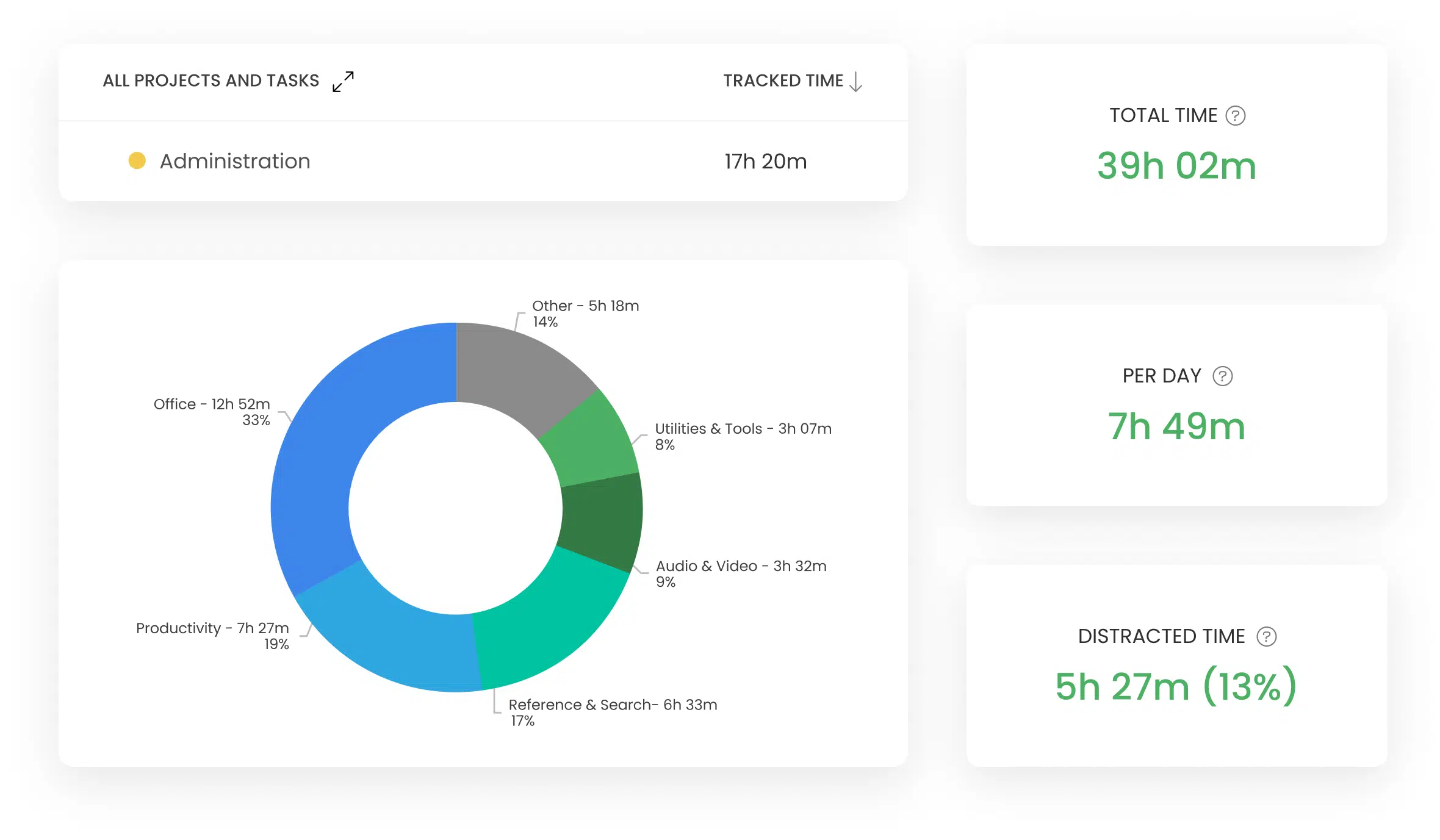
The Impact of Culture on Work-Life Balance
Workplace culture depends on both the organization itself and the broader social context. In some countries, such as Sweden and Denmark, people focus on work-life balance, and productivity is measured by the results of work. In others, such as Japan and South Korea, the time spent in the office is seen as a sign of commitment. As you might expect, for some companies, shortening the workweek can be quite a challenge.
According to current knowledge, overtime does not translate into employee productivity. Instead, it causes negative consequences such as:
-
Presenteeism: A situation where an employee stays at work after hours or while sick but is not actually productive.
-
Hustle culture: An ethos prevalent mainly in the U.S., where hard work is promoted as the key to success and advancement, jeopardizing employees’ mental health.
-
Karōshi: A term that refers to death from overwork, illustrating the extreme consequences of the work culture typical of East Asia.
Every company should, therefore, be aware that workplace culture directly influences employee performance and their tendency toward job burnout:
|
Aspect |
Positive culture impact |
Toxic culture impact |
|
Perception of productivity |
Focus on outcomes; efficiency prioritized |
Long hours equated with success |
|
Efficiency |
Improved through collaboration |
Reduced due to fatigue |
|
Job burnout levels |
Lowered by promoting work-life balance |
Increased by glorifying overwork |
|
Worker morale |
Higher engagement and satisfaction |
Decreased motivation; higher attrition |

Get to know where your time goes with TimeCamp!
Track time in projects and tasks, create reports, and bill your clients in just one tool.
The Relationship Between Industry and Shorter or Flexible Working Hours
The ideal work schedule can vary depending on the industry. Some fields rely on intellectual labor, while others require manual tasks:
-
Knowledge-based industries (e.g., IT, finance, marketing): These require intense thinking, data analysis, and creative problem-solving. Many surveys indicate that workers lose focus and efficiency after just 4–6 hours of intellectual work per day. Despite this, the standard 8-hour workday still prevails in most industries.
-
Physically demanding industries (e.g., construction, manufacturing): These rely on endurance and physical strength. In this case, the body’s limitations set the boundaries for productivity. Workers can remain efficient for up to 8 hours a day, provided they take frequent breaks for recovery.
For many professions, flexible working hours might be the best solution. This is especially true for creative fields, where employees can align their schedules with their peak productivity periods (e.g., evenings). However, such flexibility is not feasible in professions that require constant availability and stability, such as healthcare or education.
Nevertheless, it is becoming increasingly difficult to justify prioritizing hours worked over efficiency and service quality. Many organizations have demonstrated that shorter shifts can be implemented even in hospitals. A Swedish experiment with a 6-hour workday for nurses showed increased productivity and improved well-being. However, it also revealed challenges such as staffing shortages. This underscores that reducing work hours is not solely dependent on the management’s goodwill.
Economic Implications of Reduced Work Hours on a National Scale
It’s important to recognize that decisions to shorten working hours have a direct impact on the national economy. In theory, the price of increased worker productivity could include higher operational costs or GDP stagnation.
In many industries, reducing work hours could lead to the creation of new jobs. This can be a positive outcome for the national economy and unemployment levels. However, this is only feasible if companies increase their spending. Otherwise, they would need to cut employee wages, which would defeat the purpose.
When analyzing the relationship between working hours and productivity in the context of the national economy, it’s essential to weigh both the potential benefits and risks of reduced working hours:
|
Potential Benefits |
Potential Risks |
|
National productivity growth |
Higher operational costs |
|
Higher labor supply (reducing unemployment) |
Risk of work intensification |
|
Improved public health |
Customer dissatisfaction |
|
Increased consumer spending |
Wage stagnation risks |
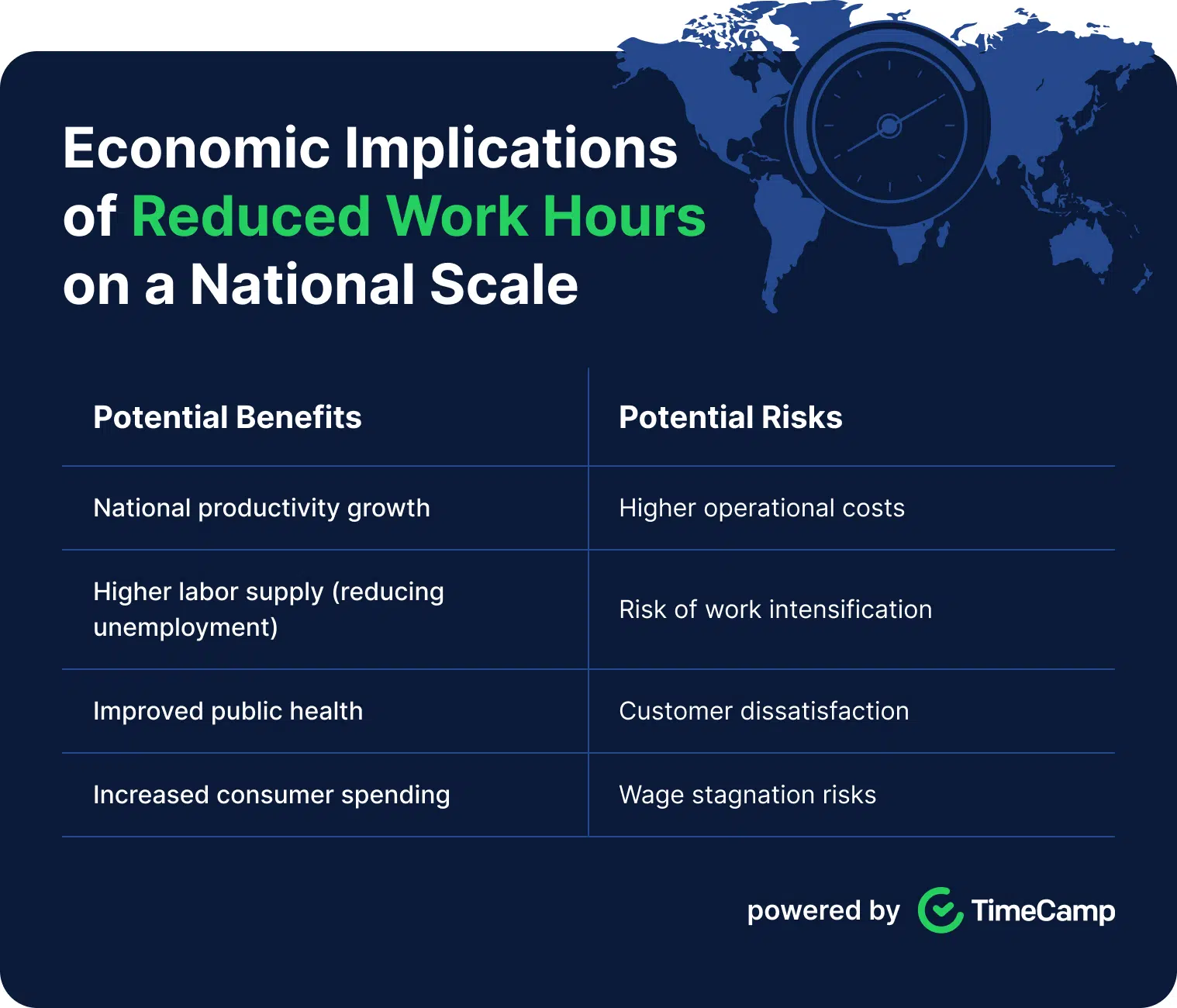
Despite these risks, several countries have successfully implemented shorter hours—at least on a trial basis—without harming their GDP:
-
Germany: Approx. 34-hour workweek and ranked 4th in the World Economic Forum’s competitiveness index (2015).
-
Netherlands: Approx. 29-hour workweek and ranked 5th in the World Economic Forum’s competitiveness index (2015).
-
Sweden: 6-hour workday and ranked 9th in the World Economic Forum’s competitiveness index (2015).
-
Iceland: 4-day workweek, with stable or improved productivity in most workplaces.
-
South Korea: Work-hour reduction policies and economic stabilization.
The Optimal Number of Work Hours vs. the Employee’s Personality
Individual differences among employees significantly impact the relationship between working hours and productivity. Each person has a unique level of endurance, concentration ability, and energy management style. As a result, there is no universal model that works for everyone.
An individual’s productivity largely depends on their work habits. Some people prosper in short, intense sessions, while others prefer longer periods of focus on a single project. However, numerous studies support the effectiveness of techniques like the Pomodoro method and task batching. The Pomodoro method involves working in four 25-minute sessions separated by 5-minute breaks, followed by a 15- to 30-minute rest. Task batching, on the other hand, involves grouping similar tasks to complete them in one dedicated block of time.
Highly self-disciplined individuals often have no trouble working eight hours a day. However, reduced work hours may benefit employees who tire quickly or feel overstimulated. It’s worth noting that these preferences are influenced not only by innate personality traits but also by lifestyle choices.
Employees who prioritize quality sleep, physical activity, and a balanced diet tend to handle professional challenges more effectively. Their lifestyle helps them manage stress and sustain productivity over longer work periods. In contrast, individuals who suffer from poor sleep and lead a sedentary lifestyle may experience fatigue and declining efficiency more quickly. This is why companies should actively promote healthy habits among their employees.
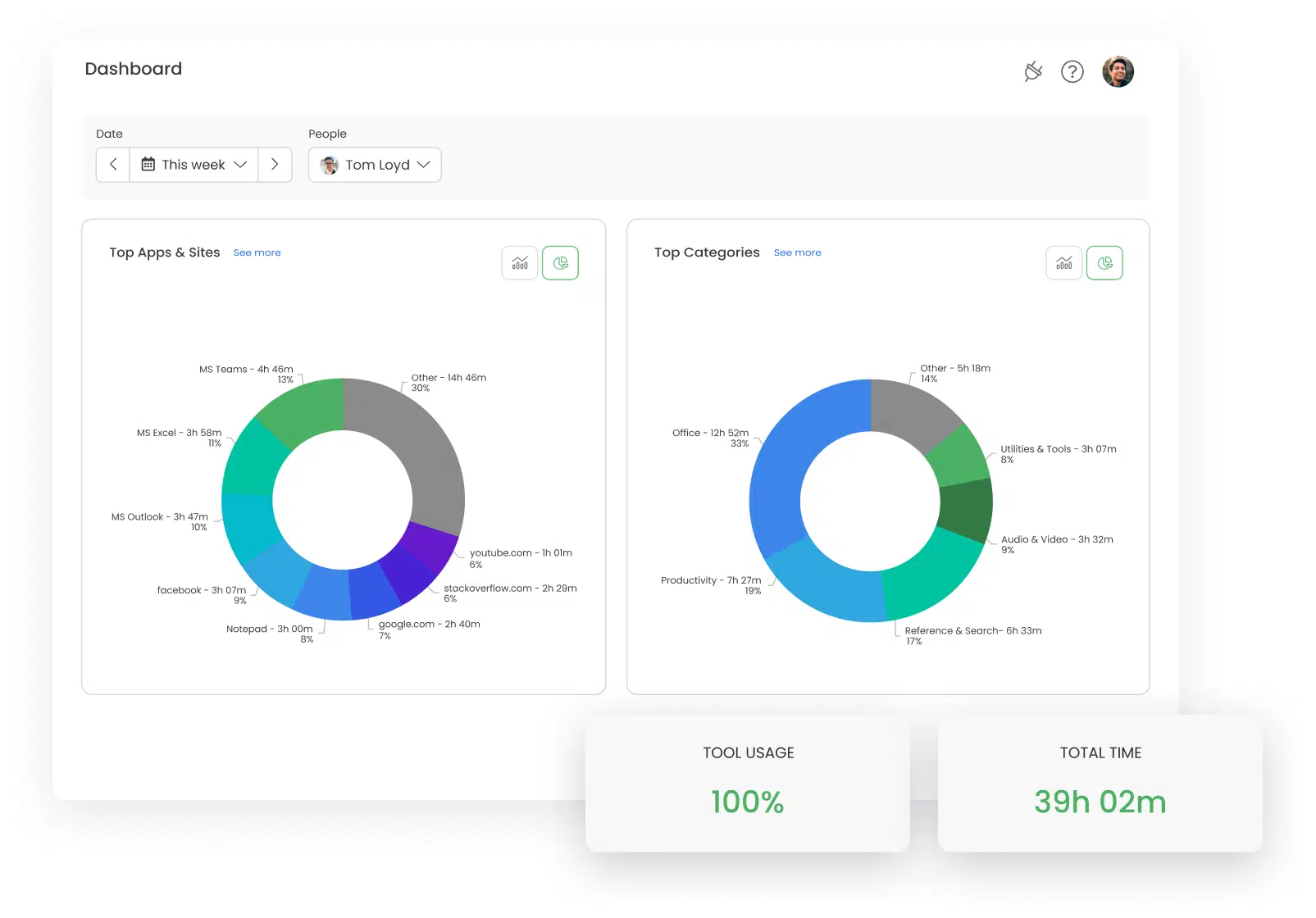
Ways to Increase Productivity Without Extending Work Hours
At this point, you should already understand that work hours only contribute to efficiency up to a certain threshold. So how can productivity be increased once those limits are reached? Try the following strategies:
-
Thoughtful work organization techniques: Methods such as the previously mentioned Pomodoro and task batching are useful, but so is time blocking, which involves allocating specific time slots for particular tasks.
-
Professional task management: Managers and corporate executives should apply techniques such as the Eisenhower Matrix (categorizing tasks by urgency and importance) to better allocate time and resources, and prioritize tasks. Tracking hours worked with tools like TimeCamp also plays a key role in this process.
-
Flexible work models: Many companies can benefit from working remotely or in a hybrid setting. Implementing flexible schedules and trust-based management can also be valuable. Giving employees more freedom and control over their work environment can further boost motivation and efficiency.
Wrapping Up: Maintain High Productivity Without Overworking
To sustain or improve productivity levels, employees should work no longer than 35–40 hours per week. Instead, utilizing techniques such as the Eisenhower Matrix, Pomodoro, or time blocking can be more effective. A well-structured workday is also crucial for efficiency, and time-tracking software can help with that. The following approaches will help you drive productivity:
-
Start the day with the most important tasks
-
Plan short breaks to stay focused
-
Reduce multitasking
-
Eliminate distractions (e.g., phone calls and social media)
Each employee—under their manager’s guidance—should also develop healthy habits to prevent job burnout. This includes:
-
Setting realistic goals (following the SMART method: specific, measurable, achievable, relevant, time-bound)
-
Managing stress effectively (through mindfulness techniques, physical exercises, and quality sleep)
-
Prioritizing rest and recovery
-
Maintaining a healthy balance between career and personal life
By following these principles, you can easily boost productivity in your company. And here’s one more strategy that can help: Use TimeCamp to conveniently track hours worked by employees and analyze how they impact their productivity. You can start today even for free!
Try best time management app!
Free time tracking & easy attendance, project profitability analysis and precise billing.
Sources:
https://en.wikipedia.org/wiki/List_of_countries_by_labour_productivity
https://en.wikipedia.org/wiki/List_of_countries_by_average_annual_labor_hours
https://www.cnbc.com/2015/01/26/working-more-than-50-hours-makes-you-less-productive.html
https://slack.com/intl/en-gb/blog/news/the-surprising-connection-between-after-hours-work-and-decreased-productivity
https://www.forbes.com/sites/lieketenbrummelhuis/2025/01/08/why-working-long-hours-hurts-your-work-performance/
https://pubmed.ncbi.nlm.nih.gov/27158959/
https://www.medicalnewstoday.com/articles/313755
https://www.business-standard.com/article/news-ians/longer-shifts-at-workplace-can-increase-your-error-rates-survey-118120501043_1.html
https://www.who.int/news/item/17-05-2021-long-working-hours-increasing-deaths-from-heart-disease-and-stroke-who-ilo
https://asana.com/pl/resources/4-day-work-week
https://www.bbc.com/news/business-38843341
https://www.weforum.org/stories/2015/10/which-countries-work-the-shortest-hours-yet-still-prosper/


